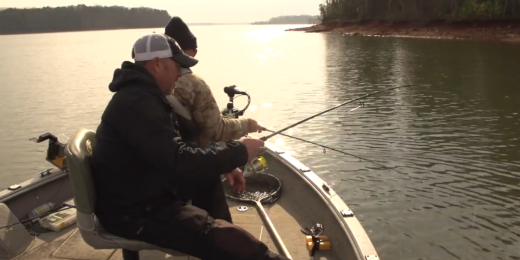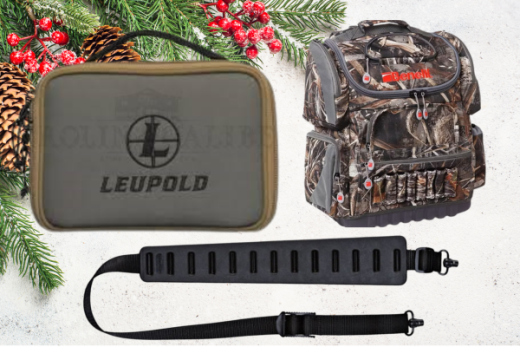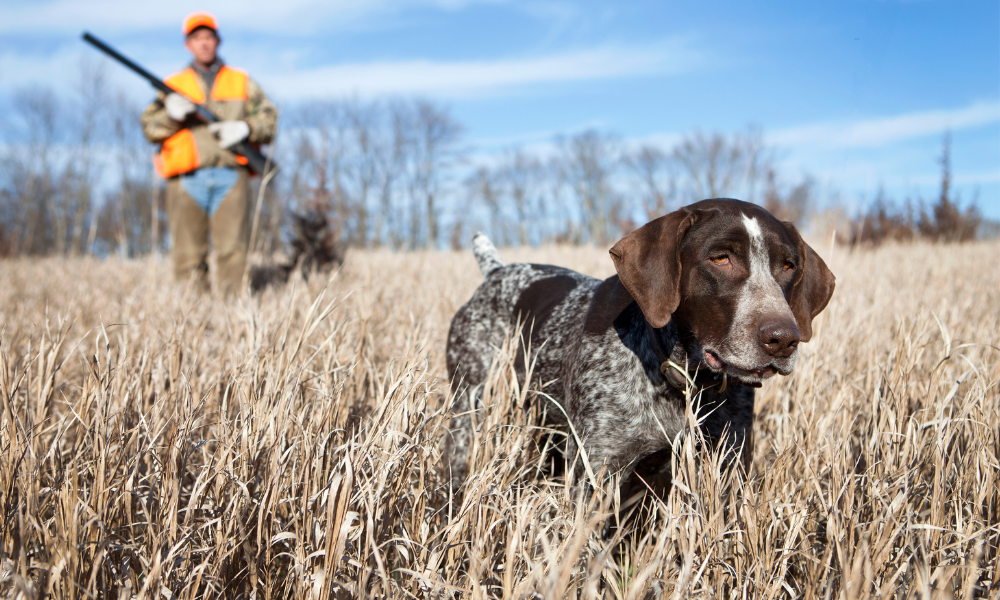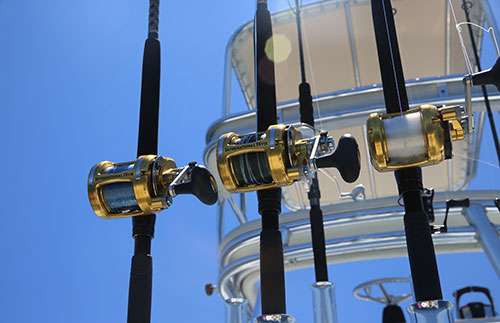Duck Blinds, Coffee and Shotgun Shells
The first time I put a shotgun in my grandson’s hands, the morning smelled like coffee and cut grass, and the marsh beyond the lane lay flat as a mirror. He was all elbows and eager questions, the sort that roll out when someone’s about to learn something that matters. I set the gun in his lap, felt the weight settle, and told him what I always tell people before we walk toward the bird dogs or the duck blinds: “This isn’t just about pulling a trigger. It’s about doing the same small things the same way every time.”

We started at the truck. “Gun fit,” I said, nudging the butt against his shoulder until his eye found the bead without stretching his neck. We adjusted the comb, checked length of pull, and he learned that a comfortable cheek weld is the secret handshake of good shooting. He smiled when it felt right, the kind of smile that says, okay, I can do this.
The real lessons came in simple, repeatable work. I asked him to mount the gun without shells, again and again, like a bad song on the radio that eventually becomes a tune you can hum. Mount, set your cheek, find the bead, feel your shoulder. Five minutes. Ten minutes. The movement became a rhythm in his body.
Later, with clay birds popping up in a line, I taught him the swing-through — don’t snap and stop when you fire, I said. Follow the bird. Let the muzzle move with it. Pull the trigger as the bead passes through the target and keep going. His first shots missed low and rushed; the next ones cut through the air and found the clay as though by surprise. We laughed after each hit, but I could see the lesson sinking in: smooth motion beats muscle every time.
We patterned the gun on an old plywood board one afternoon when the tide was low and the gulls were bored. I set a 30-inch circle, we marked the center, and he watched pellets bloom across paper like a constellation. “Pattern where you hunt,” I told him. “If your pattern is off-center or too thin, change choke or load until it looks right at the distance you’ll actually shoot.” He learned to count pellets, but more importantly he learned to listen to the board: a gun talks if you’ll only pay attention.
Shot size and choke came up like a map of choices. For the quail we chase close to the hedgerows, smaller shot and a more open choke; for pheasants when the wind sits wrong and the dogs push birds out past comfortable range, go heavier and tighter. For deer with slugs, treat it like a rifle, sights, practice, and respect. He wrote it down on an old napkin and tucked it like a talisman.
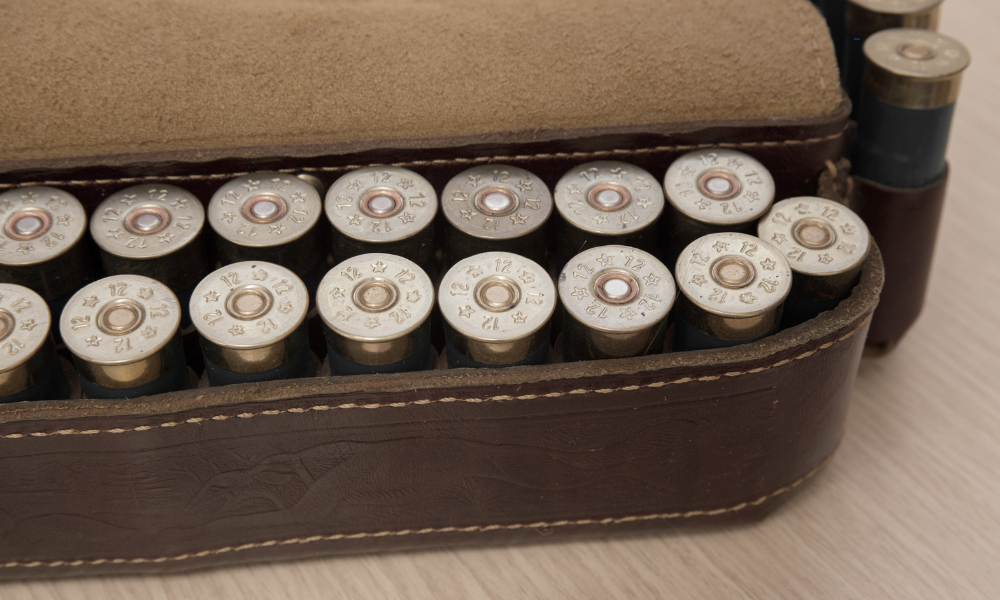
Practice turned into a little ritual. Cone drills in the yard — snap shots for quick birds. A “distance ladder” of clays at 10, 20, 30, 40 yards so he could feel the lead change like stepping down a staircase. One-shot practice where he forced himself to make the single shot count, the one that simulates the heartbeat-thin moment out in the cover. I’d call where the bird should be; he’d call his shot. The pressure was the point.
I told him about the mental parts too. “Call the bird when you can,” I said, watching him breathe, watching his jaw unclench. “Relax your grip. Don’t white-knuckle the gun. Breath normally.” He learned that the best shots come when your body isn’t fighting you.
We stretched that learning into a plan, six weeks of small, steady work. The first two weeks were mounts and dry drills; the next two added clays and pattern checks; the last two introduced pressure drills and final patterning at the distances he hunts. Each week ended with a small reward: a sandwich in the blind, a photo of the day’s best shot, a hot cup of coffee shared in silence while the marsh breathed around us.
On the last morning of that first season together, the sunrise came cold and blue. A covey jumped in front of the dogs and he mounted like he had a lifetime of practice behind him, because, in a way, he did. He swung, he tracked, he fired. The bird fell clean. He grinned like a boy at Christmas and I tossed him a look that said what words would have clunked: well done.
That’s the way I teach shotgun accuracy: small habits, repeated until they’re muscle, checked with pattern boards, tuned with the right choke and load, and tested under a little pressure. Anyone can learn it, as long as they show up, mount the gun the same way every time, and keep swinging after the shot.
When he asks me now, months later, he still wants a cheat sheet. I keep that napkin folded in my wallet. Every so often I pull it out, read it to myself, and remember that the best shots are never luck, they’re practice you can feel in your bones.
Story By: Colby Bizzell
You may be interested
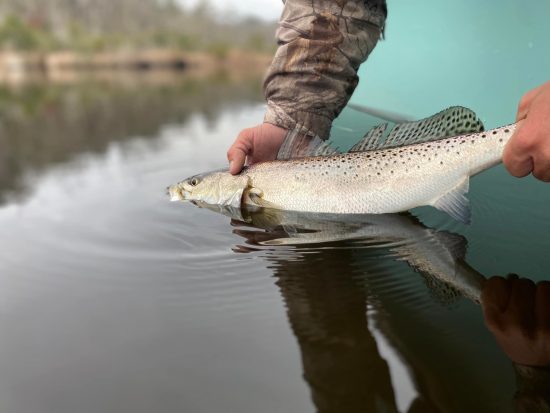
Benefits To Fishing In Cooler Weather
Tim Wilson - December 1, 2025We all love fishing the warm summer months of the Coastal Carolina’s That’s largely because inshore fishing is great thanks to the more aggressive feeding habits of…
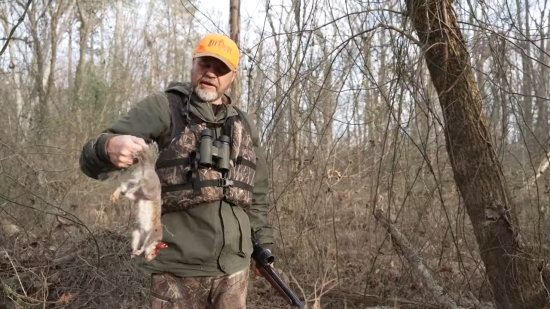
River Floating For Squirrels!
Tim Wilson - December 1, 2025It's late winter and Chris is quietly floating along a small river in his Creek Boat watching the trees for squirrels! The squirrels are plentiful and there's…
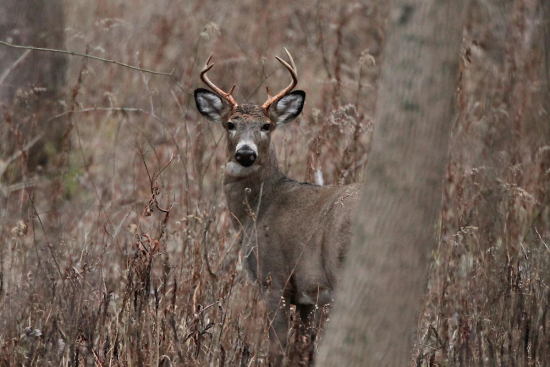
Deer Movement in the Wind: Myths vs. Reality
Tim Wilson - December 1, 2025Wind is one of the most misunderstood factors in deer hunting. Ask five hunters whether deer move in the wind, and you’re likely to get six answers…
Most from this category
